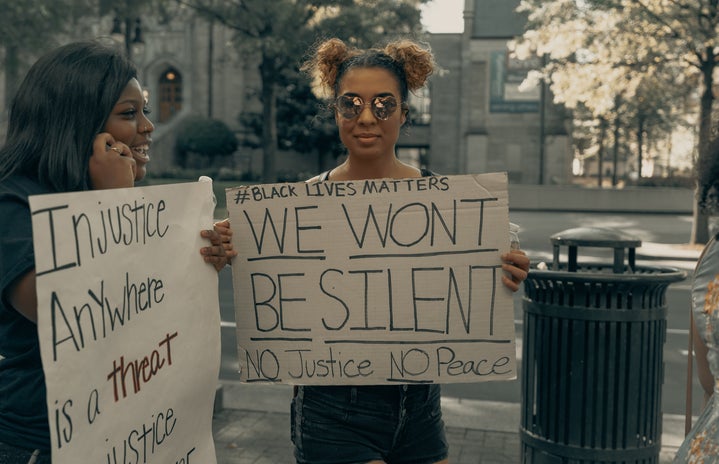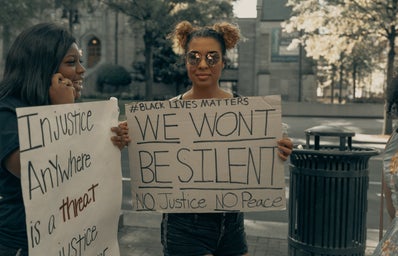There are some people in this world who know how to use clothes to their advantage and have their personal style all figured out, while the rest of us are wearing the same shirts from when we were in middle school. First impressions are important, and our brains make an initial judgment of a person based on what they are wearing. We love to critique fashion shows and runway models, but there is another place clothes are used to make statements: politics.
In the midst of the arguing and debates, we overlook the subtle message they are sending. Politicians purposefully choose clothing that makes a certain statement based on the way it looks, the colors, or even the nationality of the designer. It is nearly impossible for a man to make a wrong choice in fashion because we expect to see men in black suits and red or blue ties, depending on which political party they are affiliated with. There is quite a bit more pressure placed upon female politicians, not only because they are still fighting for their place in political offices, but because they are unfairly judged and closely scrutinized for every decision they make, including fashion.
One of the first trailblazers of female political fashion was Jacqueline Kennedy. She was First Lady for a short amount of time, but she quickly became a fashion icon for her pillbox hats and elbow-length gloves. Her chic but simple style inspired women all around the world to take risks and wear clothes that made them feel good.
As women finally began to work their way into the political scene, they brought a more diverse palette with them. Hillary Clinton is famously known for her trend of pantsuits, however, when she began wearing pantsuits instead of skirts, she faced major media backlash. The sad truth behind her switch was that a photographer had captured a suggestive photo of Clinton sitting on a couch while wearing a skirt. Clinton decided she was through with constantly worrying about photographers shooting photos up her skirt, so she switched to pants.
Michelle Obama was an essential figure in women’s political fashion. She would routinely wear young, U.S. designed clothing pieces that were relatable to the general public. Depending on where she traveled, Obama also wore pieces that were made by designers from that country. She was well aware of the impact of fashion in politics, and she had no fears about making a statement with what she wore.
Sometimes, very bold fashion choices are made as a political statement. For example, in 2018, Melania Trump’s outfit when she traveled to the New Hope Children’s Center in McAllen, Texas, while visiting children who had been separated from their families at the U.S.-Mexico border. She wore a jacket that sported the words ‘I really don’t care, do u?’ This sparked a major controversy as some were concerned that this message was directed to the children. Trump later said that it was aimed at the left-wing media who were so concerned with her appearance and that it had nothing to do with the children at the border.
In January 2021 at the inauguration ceremony, Kamala Harris wore an iconic purple coat which was designed by a queer, Black designer and was a symbolization of unity between the Democratic and Republican parties. Purple is also a color associated with royalty and peace, signifying Harris as both a figure of power and a visual demonstration of her role to bring people together.
Politicians are thrust into the public eye for hours on end and everything they say and do is analyzed. Not only do their words need to be carefully thought out, their body language is a strong indication of how they feel. The last thing they need is to feel uncomfortable in an clothing choice, as that may reflect poorly upon them as a leader. If the public sees any obvious discomfort, they begin to distrust the genuinity of what the politician is saying.
At first glance, we may not see the importance of political fashion but as we begin to dig deeper, it becomes very apparent that every move has to be thoroughly considered, including fashion. The colors, style, and designer choices all build an image for a politician, and they must ensure it is an image they can uphold.


